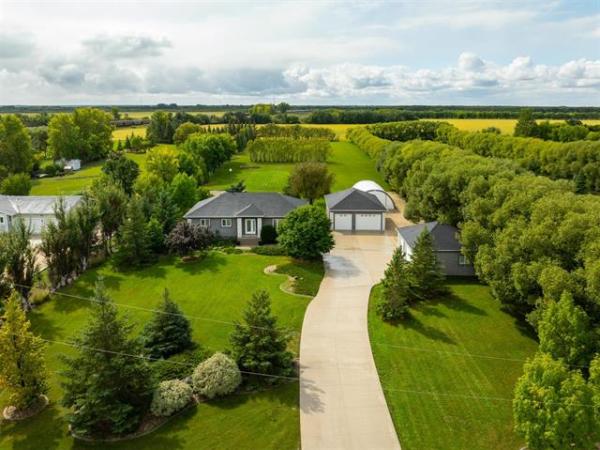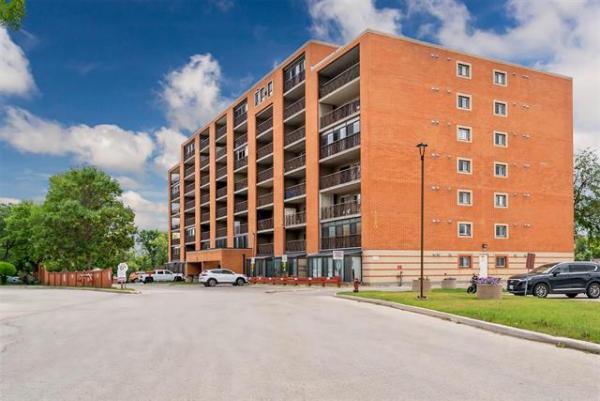
QUESTION: I have a 26-year-old home in Winnipeg. I am going to be putting on a new roof, along with new soffits, fascia and eavestroughing. I also have a small portion at the front of my house that currently has cedar siding, which has been painted over several times and is in good condition. I was thinking of replacing the cedar siding with vinyl siding so the exterior of the house is virtually maintenance-free. I replaced the windows last year with triple-pane PVC.
I have received several quotes to install the vinyl siding and some of the contractors recommend going over the existing cedar while the others recommend removing the siding. I have been told that underneath the cedar siding is a material called buffalo board. The ones that advised me to leave the cedar in place and go over top say the cedar provides a solid base to screw/nail into, while removing the siding would require strapping to be put in place at certain intervals.
Can you please advise me as to what is the proper way to install vinyl siding for this type of application? Any advice you can give me would be greatly appreciated. -- Rick Jansen
ANSWER: Unlike many house issues, there may more than one proper preparation method for installation of the new vinyl siding on your home. Both options presented would be acceptable, depending on other preparations and the style of wood siding on your home. I will offer suggestions for necessary components prior to retrofitting the new siding, whether you remove the existing cedar siding, or not.
The primary reason you have stated for not removing the existing siding, as recommended by some contractors, is the lack of the requirement for strapping the walls prior to installation. They have suggested the cedar siding would provide a solid substrate for nailing the new siding, but this depends on several factors. The first of these issues is the condition of the existing wood. If the wood is at all moisture-damaged or rotten, it may not hold a nail for more than a short time before it lets go. It may also crack or split easily when nailed if it is too far gone or too dry. If either of these conditions exists, the damaged siding would have to be removed and replaced with material of equal thickness, to prevent unevenness in the new siding.
The next consideration should be the style of the existing wood siding on your home. If the older boards are tongue and groove or shiplap style, removal should not be necessary, if the previous criteria are met. Unfortunately, many older homes in Winnipeg have lap siding or other patterns that are uneven on the surface.
If your house has typical horizontal lap siding it may not be necessary to remove it, but you will surely have to strap it with vertical boards for the new vinyl. Because the width of the individual panels of vinyl siding may not correspond to the width of the older wood, it would be nearly impossible to nail the new siding in place and keep it smooth. Because lap siding will have different thicknesses in every row, nailing the new siding to a flat surface will not be possible. The results would be a disaster, as the new vinyl surface would be wavy and look terrible.
For these reasons, if the older siding has a significant amount of rot in various areas, or does not have a consistent, smooth surface it would have to be fully strapped before installation of the new vinyl.
Whichever decision is made, there is an additional step that may be necessary prior to banging on the new low-maintenance exterior on your home. Vinyl siding is designed to be loose-fitting on the fasteners to allow for expansion and contraction. Because of this feature, water may be able to seep behind the plastic surface during heavy rains. There are integral drainage holes at the bottom of each strip of siding to allow this moisture to leak out, but the wall behind must still be protected from rot and moisture intrusion.
Buffalo board, or fibreboard sheathing, is often impregnated with a bitumen-based coating to help with moisture resistance, but this should also be covered with a further, thin membrane. Building wrap or common building paper should be installed over the soft fibreboard or wood prior to strapping to meet this requirement. This will not only provide moisture protection behind the exterior wall sheathing, it will also add a proper air barrier, which may not have originally been part of the wall assembly in this area. If there is an existing building-paper layer behind the wood siding and it's still in serviceable condition, this step may not be necessary.
As I've said, the wood siding may or may not be removed depending on the desires of the new siding installation crew. The main consideration is the condition and design of the existing cedar siding, but windows and doors also have to be looked at. If you don't remove the existing wood on the exterior, the new siding may stick out beyond the existing brick moulding or frames of the windows. If the siding is lap siding, and it is taken off, strapping may be needed just to allow the new vinyl to properly line up with existing trim on the house.
As with most home renovations, asking as many questions as you can of your renovation contractors, and getting a minimum of three quotes, will usually guide you to the right choice.
Ari Marantz is the owner of Trained Eye Home Inspection Ltd. and the President of the Canadian Association of Home & Property Inspectors-Manitoba (www.cahpi.mb.ca). Questions can be emailed to the address below. Ari can be reached at (204) 291-5358 or check out his website at www.trainedeye.ca.
trainedeye@iname.com



